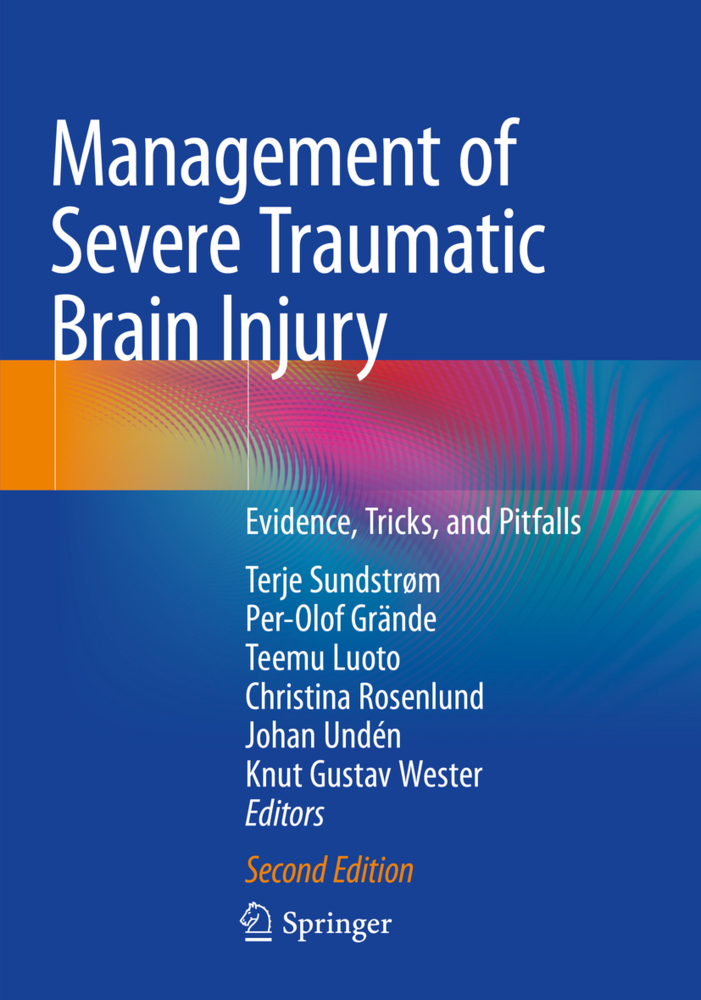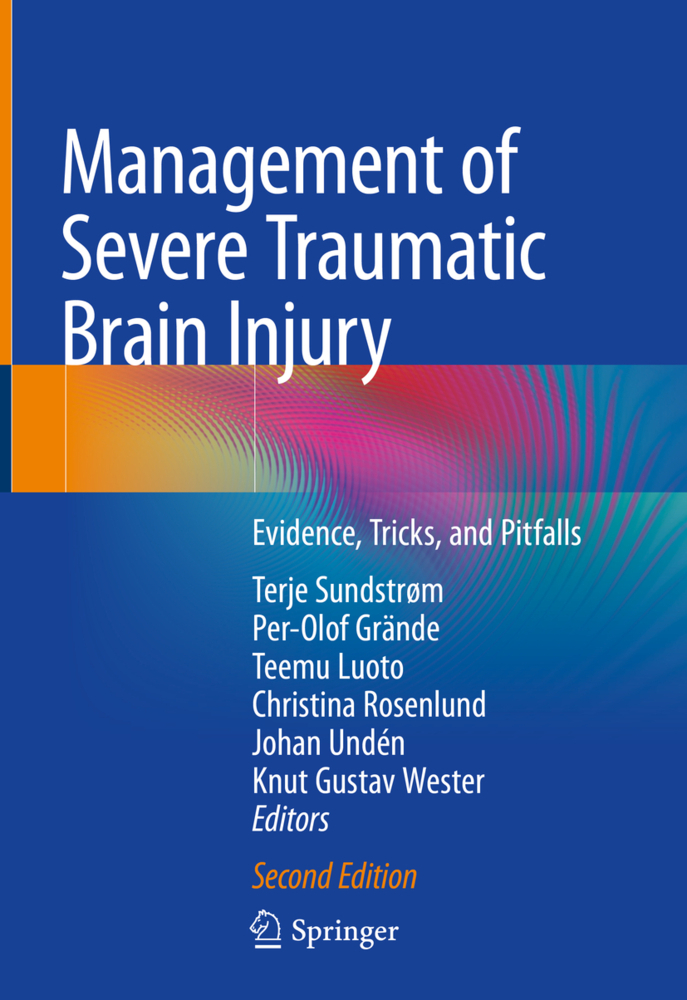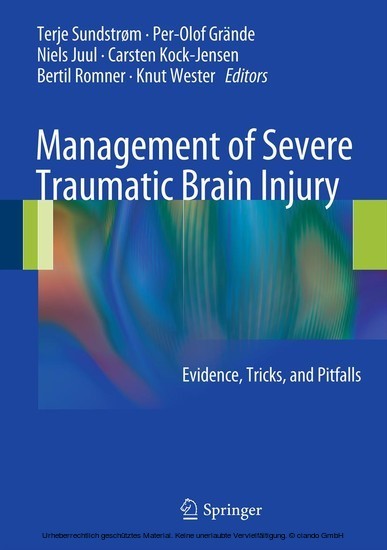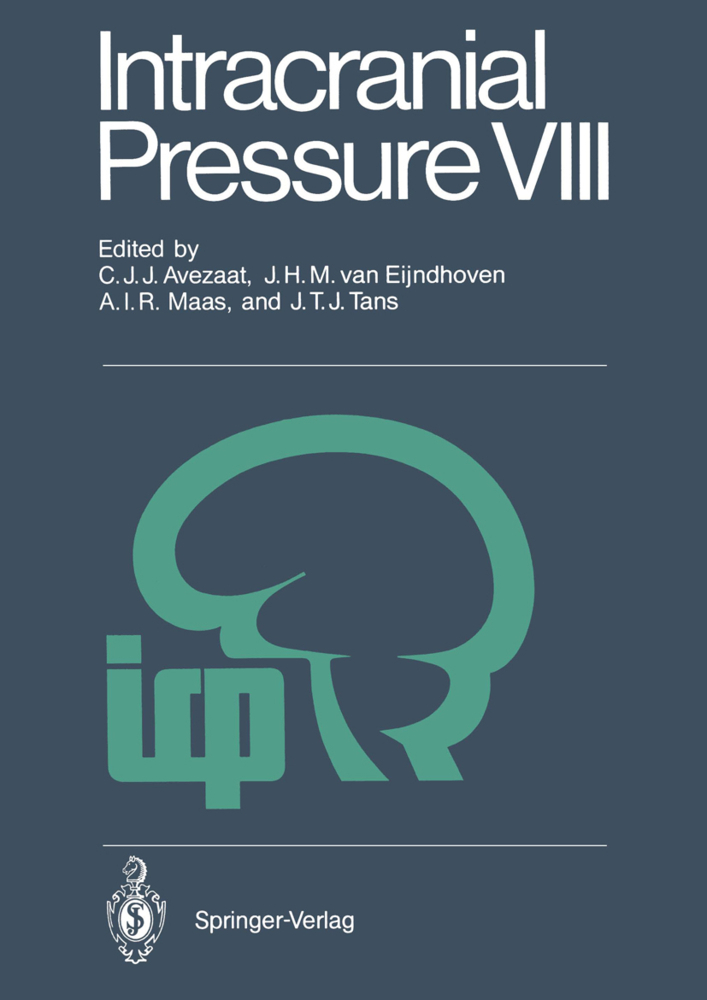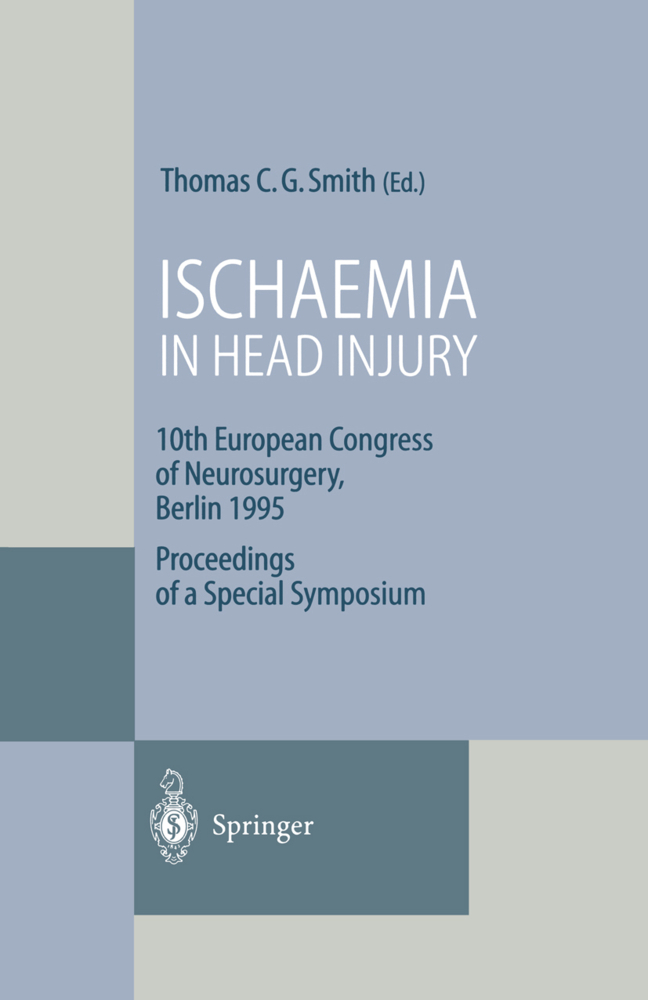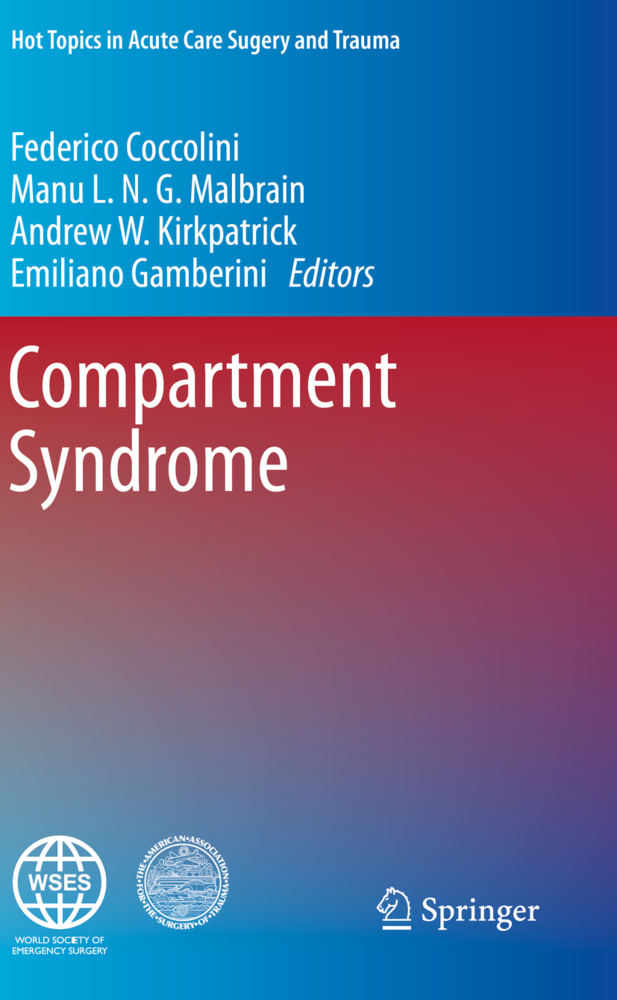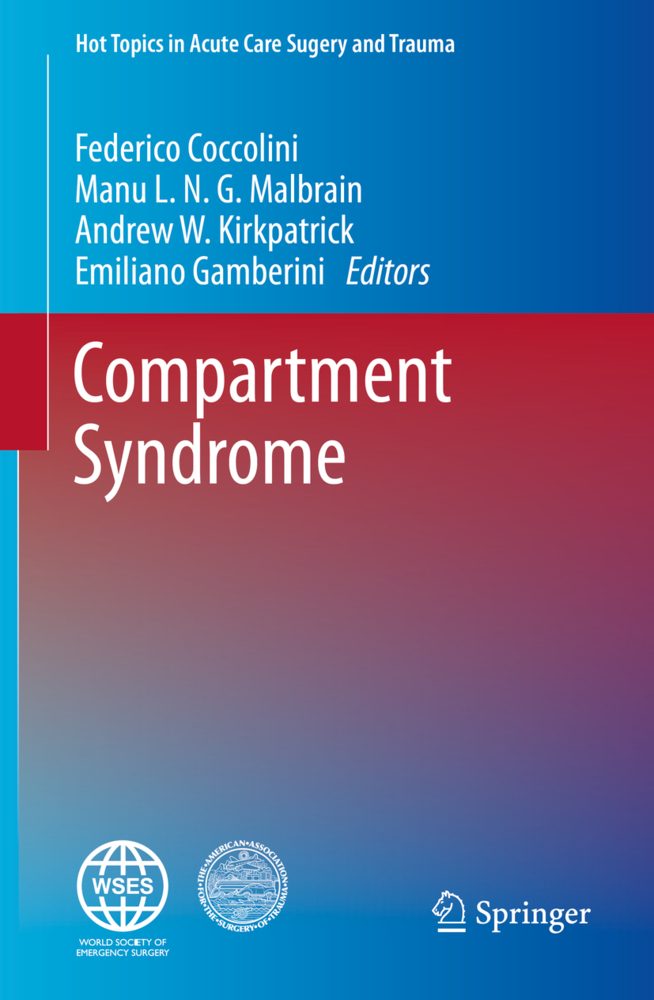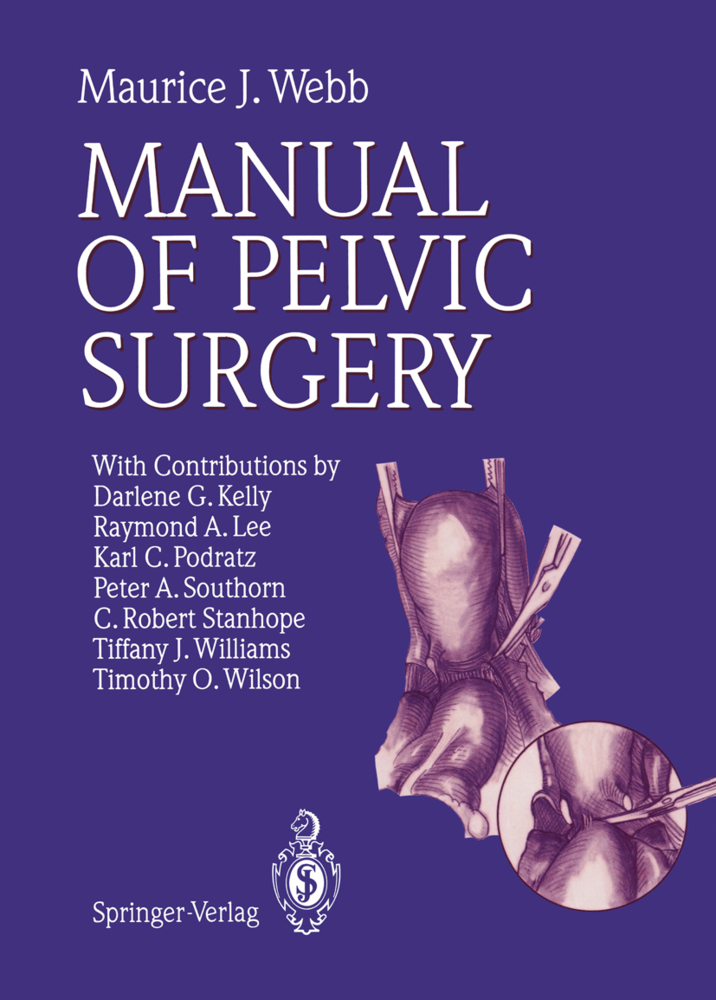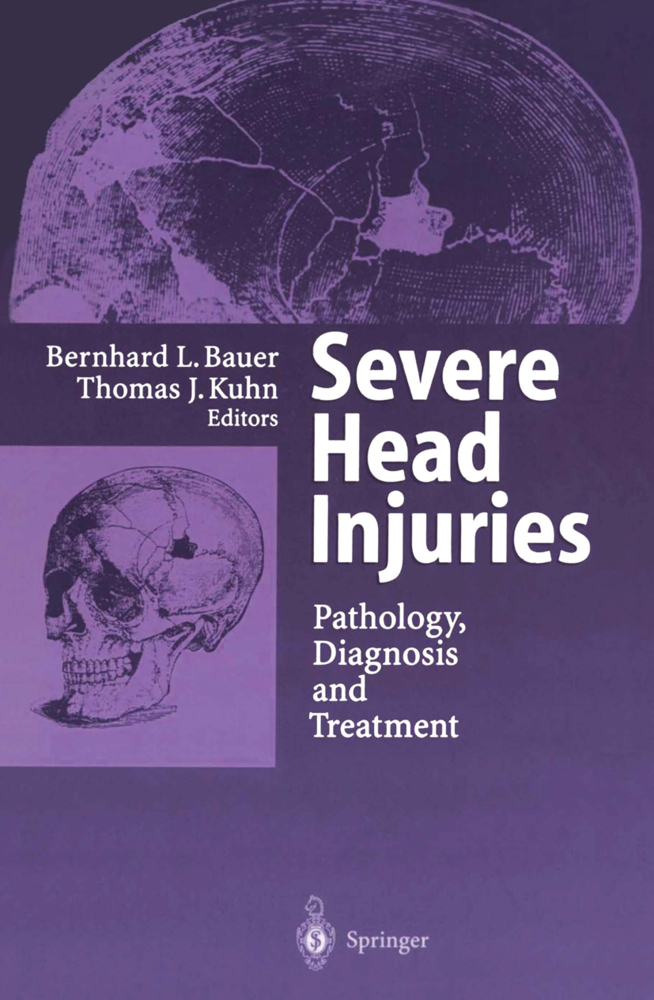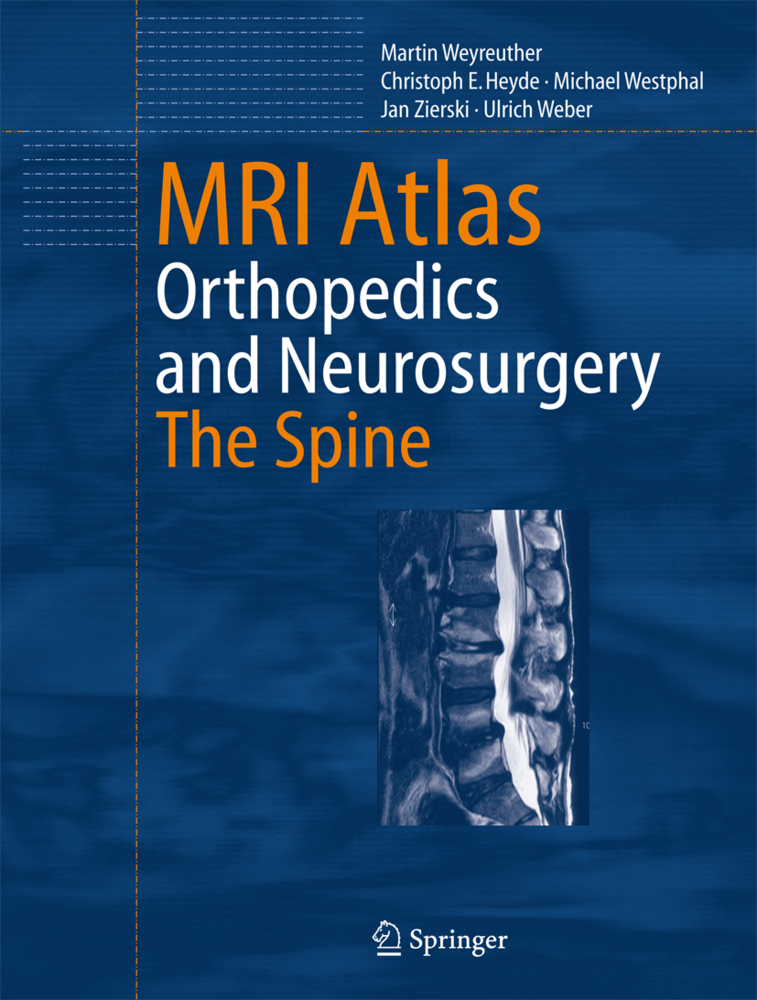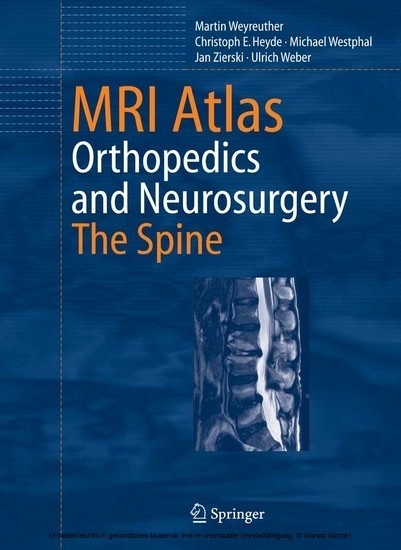Management of Severe Traumatic Brain Injury
Management of Severe Traumatic Brain Injury
This comprehensively updated second edition features major revisions, 24 new chapters and more than 40 new authors, reflecting both the advances and key challenges within the field. Offering a systematic guide to the management of children and adults with severe traumatic brain injury throughout the entire chain of care, it includes evidence-based recommendations for each diagnostic and therapeutic measure, together with tips, tricks and pitfalls. The authors are all highly experienced clinicians and researchers who work with neurotrauma patients on a daily basis, and the editors represent the Scandinavian Neurotrauma Committee.
The book helps professionals provide more systematic and higher-quality care in prehospital settings, primary hospitals, neurosurgical departments, neurointensive care units, and rehabilitation facilities. It is intended for all healthcare personnel involved in the multidisciplinary management of patients with head injuries, especially those in emergency care, neurosurgery, anesthesiology, radiology, and rehabilitation.
Introduction
Part I Traumatic brain injury as a public health problem
Epidemiological aspects
Challenges in low- and middle income countries
Challenges in the elderly
Challenges in children
Biomechanics and prevention
Part II Classification and assessment
Pathophysiology of severe traumatic brain injury
Classification of head injury
Primary clinical assessment
Part III Prehospital management
Prehospital guidelines
What the neurosurgeon and the trauma team want to know: what, who, when, and where?
Transportation
Part IV Admission, diagnostics and planning
The trauma team concept
Trauma protocol (ABCDE)
Hospital response to mass casualty incidents
Cervical spine injury
Blast-induced injury
Radiological evaluation of head trauma
Radiological evaluation of cervical spine trauma
Blood samples
To treat or not to treat in the acute setting (withholding) and withdrawal of treatment
Potential organ donor: organ donor management
Ethical aspects and communication
Part V Acute surgical treatment
Basic trauma craniotomy
Surgical management of traumatic intracranial haematomas
Surgical management of penetrating brain injuries
Decompressive craniectomy
Skull fractures
Vessel injuries
Insertion of intracranial monitoring devices
Maxillofacial fractures
Considerations in patients with concomitant cervical spine injuries
Soft tissue injuries
Surgery outside neurosurgical units
Planning of cranial and extracranial surgery in multitraumatised patients
Part VI Perioperative anaesthesia
Choice of anaesthesia, drugs and medications
Blood pressure, CO2 and oxygen saturation
Intracranial pressure reduction
Part VII Monitoring in neurointensive care
Secondary clinical assessment
A wake-up test in the neurointensive care management of patients with severe TBI: pros and cons
Intracranial pressure (ICP):Theoretical and practical aspects
Brain tissue oxygen monitoring
Monitoring microdialysis
Jugular bulb measurements (SJVO2)
Cerebral blood flow (CBF) and cerebral metabolic rate (CMR)
Transcranial Doppler (TCD)
Near infrared spectroscopy (NIRS) or cerebral oximetry
Clinical Neurophysiology: Evoked Potentials
Clinical Neurophysiology: Continous EEG Monitoring
Imaging of severe traumatic brain injury in the neurointensive care unit
Serum protein biomarkers in the management of severe traumatic brain injury
Cardiopulmonary aspects
Renal aspects
Neuroendocrine aspects
Part VIII Treatment in neurointensive care
Guidelines for treatment of patients with severe traumatic brain injury
The Lund therapy: a physiological approach
Pharmacological neuroprotection
Subacute surgery in neurointensive care
Management of extracranial injuries
CSF Drainage
Hyperventilation
Osmotherapy
Barbiturates for ICP management
Management of fluid and electrolyte disturbances
Sedation: including pain treatment and withdrawal symptoms
Nutrition
Managementof CNS-related infection
Management of extracranial infections
Temperature management
Seizures
Paroxysmal sympathetic hyperactivity
Prophylaxis against venous thromboembolism
Coagulopathy (bleeding tendency)
Corticosteroids
Management of acute psychiatric problems
Part IX Rehabilitation and follow-up
Rehabilitation after severe TBI
Long-term follow-up
Part X Outcome and prognosis
General overview
Somatic consequences
Neuropsychiatric consequences
Neuropsychological perspectives
Neurosurgical challenges
Minimally conscious and vegetative state
Specific peadiatric concerns
Socioeconomic consequences
Subacute MR Imaging: Traumatic axonal injury, brain stem lesions and prognostic factors
Neurodegeneration and dementia
Part XI Research in severe TBI
The neurointensive care unit as a platform for advanced clinical research
Current state-of-the-art in neurotrauma research
Index.
Sundstrøm, Terje
Grände, Per-Olof
Luoto, Teemu
Rosenlund, Christina
Undén, Johan
Wester, Knut Gustav
| ISBN | 978-3-030-39385-4 |
|---|---|
| Artikelnummer | 9783030393854 |
| Medientyp | Buch |
| Auflage | 2. Aufl. |
| Copyrightjahr | 2021 |
| Verlag | Springer, Berlin |
| Umfang | XXXI, 689 Seiten |
| Abbildungen | XXXI, 689 p. 83 illus., 38 illus. in color. |
| Sprache | Englisch |

